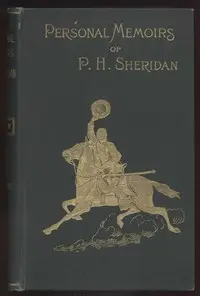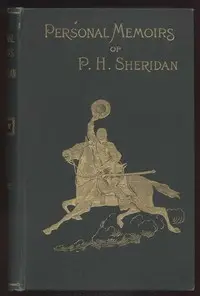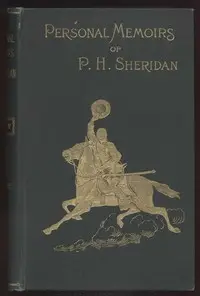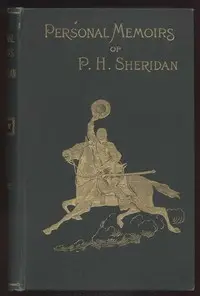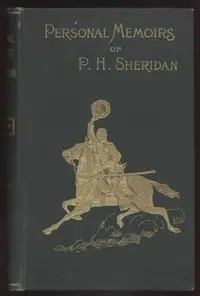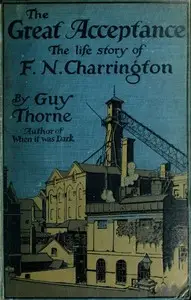"Personal Memoirs of P. H. Sheridan, Volume 1, Part 1" by Philip Henry Sheridan is a compelling recount of the author's life and service, primarily covering the American Civil War and conflicts with Native American tribes. Readers are transported back in time to witness Sheridan's transformation from his early life to his acceptance into West Point Military Academy. The author's experiences during the American Civil War and the subsequent conflicts with Native American tribes in the West serve as both a personal narrative and a historical document. From his family's journey from Ireland to their settlement in Ohio, the book paints a vivid image of Sheridan's early experiences and groundwork needed to grow his military career.
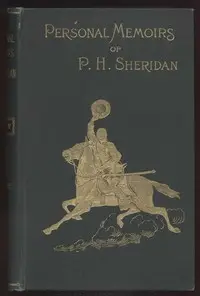
Personal Memoirs of P. H. Sheridan, Volume 1, Part 1
By Philip Henry Sheridan
Witness one man's journey from his family's immigration to America, to his partaking in some of America's bloodiest conflicts.
Summary
About the AuthorPhilip Henry Sheridan was a career United States Army officer and a Union general in the American Civil War. His career was noted for his rapid rise to major general and his close association with General-in-chief Ulysses S. Grant, who transferred Sheridan from command of an infantry division in the Western Theater to lead the Cavalry Corps of the Army of the Potomac in the East. In 1864, he defeated Confederate forces under General Jubal Early in the Shenandoah Valley and his destruction of the economic infrastructure of the Valley, called "The Burning" by residents, was one of the first uses of scorched-earth tactics in the war. In 1865, his cavalry pursued Gen. Robert E. Lee and was instrumental in forcing his surrender at Appomattox Courthouse.
Philip Henry Sheridan was a career United States Army officer and a Union general in the American Civil War. His career was noted for his rapid rise to major general and his close association with General-in-chief Ulysses S. Grant, who transferred Sheridan from command of an infantry division in the Western Theater to lead the Cavalry Corps of the Army of the Potomac in the East. In 1864, he defeated Confederate forces under General Jubal Early in the Shenandoah Valley and his destruction of the economic infrastructure of the Valley, called "The Burning" by residents, was one of the first uses of scorched-earth tactics in the war. In 1865, his cavalry pursued Gen. Robert E. Lee and was instrumental in forcing his surrender at Appomattox Courthouse.

